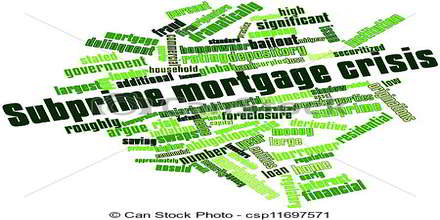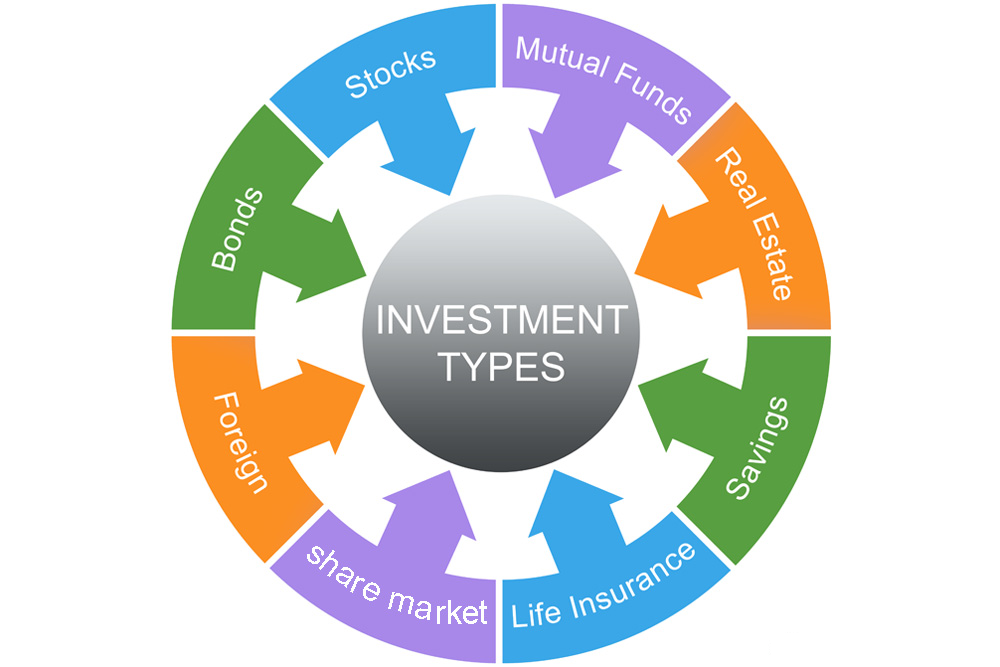Contents:


It forensic accounting defineds indirect labor, plant managers‘ salaries, and factory rent, among other things. ECommerce businesses often have variable manufacturing overhead costs. This means that the cost of goods changes based on how many items are sold.
Overhead: What It Means in Business, Major Types, and Examples – Investopedia
Overhead: What It Means in Business, Major Types, and Examples.
Posted: Tue, 23 Aug 2022 07:00:00 GMT [source]
The first thing you have to do is identify the manufacturing overhead costs. These are the indirect costs that help run the manufacturing facility. Now that you have an estimate for your manufacturing overhead costs, the next step is to determine the manufacturing overhead rate using the equation above.
What Is Manufacturing Overhead and How to Calculate It?
Generally speaking, manufacturing overhead includes things like electricity costs and property taxes. Manufacturing overhead costs are indirect costs that cannot be traced directly to the manufacturing of products, unlike direct material and labor costs. Rather, the overhead costs are incurred for auxiliary goods and services that support the manufacturing process, e.g. facility rent, utilities, salaries of non-production staff, etc. However, this process can be far more complicated, especially if a company manufactures more than one product and if a company’s different product processes vary considerably.

Since their usage isn’t constant, they’re included as variable overhead costs. Accountants calculate this cost for the whole facility, and allocate it over the entire product inventory. As the name implies, these are financial overhead costs that are unavoidable or able to be canceled. Among these costs, you’ll find things such as property taxes that the government might be charging on your manufacturing facility. But they can also include audit and legal fees as well as any insurance policies you have.
Overapplied Overhead
“Factory overhead” is how much it costs to produce a company’s products, not the labor and materials it takes to directly create the widget. While selling and office overhead expenses have little bearing on the production process. There exist different categories of overhead, such as administrative overhead, which includes costs related to managing a business.

None of these expenses is directly tied to the actual manufacturing process. However, it would be impossible for the business to manufacture its products to a high standard without these. This is why they’re considered indirect costs and part of your organization’s overhead. This includes office equipment such as printer, fax machine, computers, refrigerator, etc.
Variable Overheads
Look for these safe-to-use, functional parts when a piece of machinery needs some repair. It might buy you some time before you need to spend all that money on a new piece of equipment. The best way to reduce transportation costs is by choosing suppliers close by so they can deliver directly rather than having their products shipped further away. This estimate will form part of each job’s cost until actual cost figures become available. If one product sells better than the other, it might make sense to produce more units because those units will generate more sales revenue than if produced at an equal rate with the other product. When you manufacture your products, you may face issues with inventory.
Managers can make better decisions about how much they should spend on things like raw materials and labor. It also makes it easier for them to see whether or not their production line is good overall . In addition, it helps in costing jobs at completion when only some types of indirect costs are known when they are incurred (e.g., rent). However, if the company produces more units of the better-selling product than it should, it will incur additional costs. Allocating overhead manufacturing costs to products can help managers avoid these mistakes. It is easy to overlook manufacturing overhead when planning your budget and forecasting sales, but it is an integral part of your business.
If there isn’t enough cash flow from sales, then there won’t be enough money left over for other things like marketing or advertising campaigns. This will help ensure that you have enough capital to cover unexpected expenses, such as equipment breakdowns or employee turnover rates being higher than expected. Estimated overhead is an educated guess based on historical data, done in order to budget and plan for the coming period. The depreciation expense is typically fixed, but values may change over a year due to new equipment procurement.
Overhead cost is costs incurred or consumed indirectly during production of a product or provision of service. In other words, the cost is needed partly in the production process. As the overhead costs are actually incurred, the Factory Overhead account is debited, and logically offsetting accounts are credited.

Review the payroll and maintenance records to find the total allocation base generated in the previous accounting period. When determining the economic viability of a business operation, it’s vital to calculate manufacturing costs. Unfortunately, general manufacturing costs don’t reflect the true cost of producing goods.
How Do You Calculate Allocated Manufacturing Overhead?
Knowing how much money you need to set aside for manufacturing overhead will help you create a more accurate budget. These physical costs are calculated either by the declining balance method or a straight-line method. The declining balance method involves using a constant rate of depreciation applied to the asset’s book value each year. The straight-line depreciation method distributes the carrying amount of a fixed asset evenly across its useful life. The latter is used when there is no pattern to the asset’s loss of value.
One way to reduce your manufacturing overhead is by decreasing the inventory you keep on hand. This will allow you to close off areas that are not being used and also save money on storage fees. Manufacturing overhead is one of the most flexible costs for a company because it can be adjusted by increasing or decreasing production levels or adjusting prices to meet current demand levels. The most significant advantage of including manufacturing overhead in your budget is that it allows you to see where most of your money goes each month. Remember, the goal is to have an accurate calculation of manufacturing overhead to make sound financial decisions for your company. Over the last few years, many eCommerce businesses have seen their products, components, and raw materials increase in price due to production hiccups and shipping delays impacted by the pandemic.
You can get many more machine hours out of a piece of equipment that has been well taken care of. In our research and experience, we’ve found eight specific ways for companies to reduce manufacturing overhead. Manufacturing overhead costs become an asset adding value to inventory because it is necessary to produce goods. Allocating manufacturing overhead to each product also allows companies to understand how much it costs them to make their goods. This information is vital to make pricing decisions and assessing profitability. First, allocating manufacturing overhead is essential because it allows a company to determine the cost of goods sold.
Product vs Period Costs: What Are the Differences? – The Motley Fool
Product vs Period Costs: What Are the Differences?.
Posted: Fri, 05 Aug 2022 07:00:00 GMT [source]
It is commonly accumulated as a lump sum, at which point it may then be https://1investing.in/ to a specific project or department based on certain cost drivers. For example, using activity-based costing, a service-based business may allocate overhead expenses based on the activities completed within each department, such as printing or office supplies. Balance sheet is a financial statement which outlines a company’s financial assets, liabilities, and shareholder’s equity at a specific time. Both assets and liabilities are separated into two categories depending on their time frame; current and long-term. Business overheads in particular fall under current liabilities as they are costs for which the company must pay on a relatively short-term/immediate basis.
- This way, they can stop producing unprofitable products and focus on those that generate more revenue and profit for the business.
- Higher manufacturing overheads leads to higher prices of the products.
- Redeployment would save time and money in searching for and installing brand-new equipment while decreasing your overhead costs.
- Manufacturing overhead is a crucial part of the production process and should be monitored closely.
- These costs can be fixed, such as rent, or variable, such as transport costs.
Explore how to calculate the manufacturing overhead budget and see what is included. The next section explores these types of manufacturing overheads in detail. Understand what overhead is, learn the manufacturing overhead formula, and see how to calculate manufacturing overhead. Product costs are treated as inventory on the balance sheet and do not appear on the income statement as costs of goods sold until the product is sold.

Recent Comments